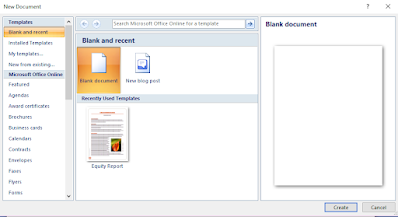The language we use to communicate with each other is comprised of words and characters. We understand numbers, characters and words. But this type of data is not suitable for computers. Computers only understand the numbers.
So, when we enter data, the data is converted into electronic pulse. Each pulse is identified as code and the code is converted into numeric format by ASCII (American Standard Code for Information Interchange). It gives each number, character and symbol a numeric value (number) that a computer understands. So to understand the language of computers, one must be familiar with the number systems.
The Number System that used for understanding by a computer are the following given below:
- Binary number system
- Octal number system
- Decimal number system
- Hexadecimal number system
1- Binary Number System:
It is a number system which base or radix is only 2. As its name implies it supports only two numbers namely 0 and 1. Any value is this number system is represented like this (1000)2. Here base 2 shows that it is a binary number system.
Here we will see some samples of Binary number of a certain Decimal Number:
Decimal Number Binary Number
0 0000
1 0001
2 0010
3 0011
4 0100
5 0101
2- Octal Number System:
This number system uses eight digits, 0, 1, 2, 3, 4, 5, 6 and 7. It is also called base eight numbered system. Each position in an octal number represents a 0 power of the base 8 for e.g. 80. Last position in an octal number represents a x power of the base 8, for e.g. 8x where x represents the last position -1.
3- Decimal Number System:
The number system that we use in our day-to-day life in the decimal number system. Decimal number system has base 10 as it uses 10 digits from 0, 1, 2, 3, 4, 5, 6, 7, 8, to 9. In decimal number system, the successive positions to the left of the decimal point represent units, tens hundreds, thousands and so on. Each position represents a specific power of the base (10).
4- Hexadecimal Number System:
Hexadecimal number system is a number system which has base (radix) is 16 ranging from 0 to 9 and upto from A to F means if write completely then it will be like this 0, 1, 2, 3, 4, 5, 6, 7, 8, 9, (10=A), (11=B), (12=C), (13=D), (14=E), (15=F). A number of hexadecimal number system is written like this (4A7)16 or 4A7(hex). Hexadecimal number system is represent always in 4 bits each.
Number System Conversion:
Here we see the method and criteria converting a number system to another. We will be looking forward to convert each into everyone.....
Decimal equivalent of Binary: It can be calculated by multiplying the binary digits with 2 to the power of positional values of respective digits:
10011 = 241 + 230 + 22 + 211 + 201 = 16 + 2 + 1
= 19 Answer
Decimal Equivalent of Octal Number: The decimal equivalent of Octal number can be evaluated by multiplying the digits with 8, and the base 8 will be raised to the positional value of the respective digit.
Let’s consider an octal number 431, now its decimal equivalent can be described as:
431 = 824 + 813 + 801
= 256 + 24 + 1
= 281 Answer
Decimal Equivalent of Hexadecimal Numbers: Let’s consider a hexadecimal number 5B52, now its decimal equivalent can be calculated by multiplying each digit with 16 and 16 will be raised to the power of positional value of the respective digit can be described as:
5B52 = 163 5+ 162 11+ 1615 + 1602
= 54096 + 11256 + 80 + 2
= 23378 Answer
*******************
************
***
*





No comments:
Post a Comment